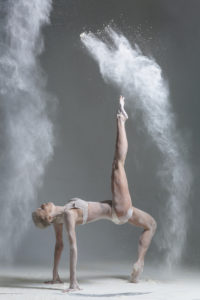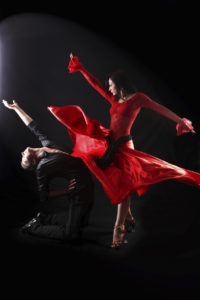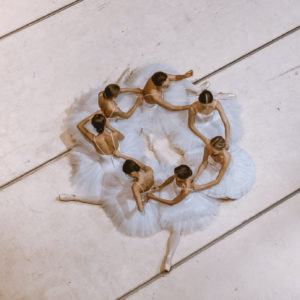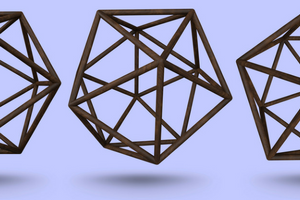 Laban’s Choreutic forms both mirror and challenge the natural range of motion of the human body. As Laban was designing these movement sequences, he drew upon his first career as a visual artist. It’s clear from his figure drawings that he had studied anatomy. And he applied this knowledge in theorizing the shapes the moving limbs can trace in space.
Laban’s Choreutic forms both mirror and challenge the natural range of motion of the human body. As Laban was designing these movement sequences, he drew upon his first career as a visual artist. It’s clear from his figure drawings that he had studied anatomy. And he applied this knowledge in theorizing the shapes the moving limbs can trace in space.
As I note in The Harmonic Structure of Movement, Music, and Dance, Laban does not distort the proportion of the body itself. His figure drawings faithfully adhere to a classical canon and his drawings are realistically anthropometric.
I’ve always been fascinated by this. Laban’s first career in art straddles three modern art movements – Art Nouveau, abstract expressionism, and Dada. Realistic representation of the human body does not characterize these movements. Why then was Laban so faithfully realistic?
Quite simply, Laban was interested in the relationship between the body and space. If he distorted the body’s proportions, he would also distort the trace-forms of moving limbs. To capture the shapes of trace-forms accurately, he had to preserve normal bodily proportions and grasp joint structure and function.
Irmgard Bartenieff came to appreciate Laban’s anatomical grounding when she started to work as a physical therapist. As she noted, “Laban’s exploration of spatial possibilities deeply affected the way I worked to stretch my stiff patients.”
There is still much to be learned from Laban’s exploration of spatial possibilities. That is why MoveScape has offered a series of Red Thread programs this year. The final workshop is Advanced Space Harmony workshop, December 3 and 4. There is still time to register.

 Human beings have big heads, and biomechanically speaking, this is a headache. Standing up freed our arms and hands and opened new spatial horizons. But it also means we must cope with balancing our heavy heads against the constant pull of gravity.
Human beings have big heads, and biomechanically speaking, this is a headache. Standing up freed our arms and hands and opened new spatial horizons. But it also means we must cope with balancing our heavy heads against the constant pull of gravity. Laban’s Mixed Seven-rings are an important extension of his theory of
Laban’s Mixed Seven-rings are an important extension of his theory of  Rudolf Laban thought so; he found them in the kinesphere! “Snakes” are one of the seldom taught space harmony forms that Cate Deicher and I will be exploring in our
Rudolf Laban thought so; he found them in the kinesphere! “Snakes” are one of the seldom taught space harmony forms that Cate Deicher and I will be exploring in our  In July, with the Octa workshop, “Bringing Choreutics to Life,” I took these theories forward into practice. During this intimate three-day workshop, we reviewed well-known Choreutic sequences to illuminate their rational structure and to explore how Laban’s ideas can be transformed into rich kinesthetic and expressive experiences, integrating body and mind.
In July, with the Octa workshop, “Bringing Choreutics to Life,” I took these theories forward into practice. During this intimate three-day workshop, we reviewed well-known Choreutic sequences to illuminate their rational structure and to explore how Laban’s ideas can be transformed into rich kinesthetic and expressive experiences, integrating body and mind. Laban’s assertion that human movement has a harmonic structure analogous to music has vexed scholars ranging from Suzanne Langer to Lincoln Kirstein. In general, the notion of movement harmony has been viewed as an artifact of Laban’s mystical philosophy. In my view, however, harmony is a useful theoretical construct for explaining certain empirical aspects of human movement.
Laban’s assertion that human movement has a harmonic structure analogous to music has vexed scholars ranging from Suzanne Langer to Lincoln Kirstein. In general, the notion of movement harmony has been viewed as an artifact of Laban’s mystical philosophy. In my view, however, harmony is a useful theoretical construct for explaining certain empirical aspects of human movement.